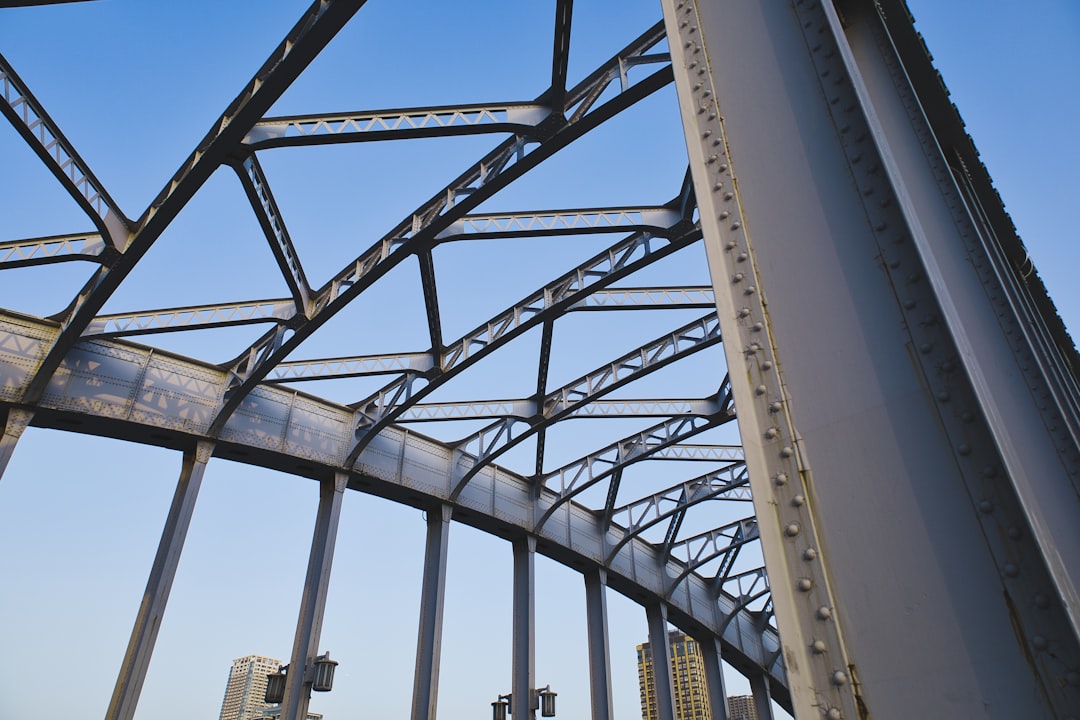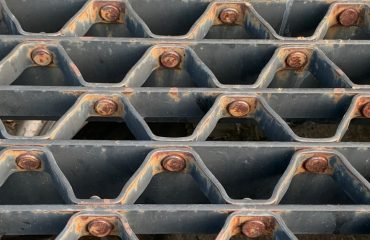Industrial steel frame projects are the backbone of modern manufacturing, warehousing, and logistics. Their robust nature, speed of construction, and adaptability make them a preferred choice for a wide range of applications. This comprehensive guide delves into the intricacies of these projects, exploring design, construction, benefits, and future trends.
Designing for Strength and Scalability: The Blueprint of Steel Frame Structures
The design phase is crucial for successful industrial steel frame projects. It involves meticulous planning, considering factors like the intended use of the building, local building codes, seismic activity, and future expansion possibilities. Sophisticated software is employed for structural analysis, ensuring the frame can withstand anticipated loads and environmental conditions. Detailed drawings and specifications are created, outlining every component, from columns and beams to connections and bracing. The design process often involves collaboration between architects, structural engineers, and fabricators to optimize the design for cost-effectiveness and efficiency. Particular attention is paid to ensuring proper fire protection and corrosion resistance through the selection of appropriate coatings and fireproofing materials. Sustainable design practices are increasingly incorporated, minimizing environmental impact through material selection and energy-efficient design features.
From Blueprint to Reality: The Construction Process of Industrial Steel Frames
The construction process typically involves several key stages. First, the site is prepared, including excavation and foundation work. Then, the steel components, fabricated off-site to precise specifications, are delivered and erected using heavy machinery like cranes and specialized lifting equipment. The erection process requires skilled labor and careful coordination to ensure accurate placement and alignment of each component. Welding, bolting, and other connection methods are employed to create a strong and stable structure. Once the steel frame is erected, secondary elements like roofing, cladding, and interior finishes are added. Quality control is paramount throughout the construction process, with regular inspections to ensure compliance with design specifications and safety standards. Efficient project management is crucial to maintain the schedule and budget. Modern techniques like Building Information Modeling (BIM) are increasingly used to improve coordination and minimize errors.
The Advantages of Choosing Steel: Why Steel Frames Reign Supreme
Industrial steel frame projects offer numerous advantages over traditional construction methods. Steel’s high strength-to-weight ratio allows for larger spans and taller buildings with fewer columns, maximizing usable space. The prefabrication of components off-site significantly accelerates the construction process, reducing project timelines and overall costs. Steel is highly durable and resistant to damage from fire and pests, making it a long-lasting and low-maintenance option. Its recyclability contributes to environmentally friendly construction practices. Furthermore, steel frames are highly adaptable, allowing for easy modifications and extensions in the future. The flexibility in design enables architects to create aesthetically pleasing and functional structures that meet specific client requirements. The modular nature of steel construction also allows for easy expansion or relocation of the building in the future.
Material Selection and Cost Optimization: Balancing Quality and Budget
The choice of steel grade and other materials significantly impacts the overall cost and performance of the project. Different steel grades offer varying levels of strength and ductility, and the selection depends on the specific requirements of the structure. Factors like corrosion resistance, fire protection, and ease of fabrication also influence material selection. Cost optimization involves careful planning and collaboration with suppliers to secure competitive pricing on steel and other materials. Value engineering techniques can be employed to identify cost-saving measures without compromising structural integrity or performance. Efficient project management, including careful scheduling and resource allocation, also contributes to cost control. Exploring different construction methods and prefabrication options can further optimize costs and project timelines.
Future Trends in Industrial Steel Frame Construction: Innovation and Sustainability
The future of industrial steel frame construction is marked by innovation and a strong emphasis on sustainability. Advanced materials like high-strength steel and composite materials are being explored to further enhance structural performance and reduce weight. The integration of smart technologies, including sensors and data analytics, is improving monitoring and maintenance of steel structures. Sustainable design practices, such as incorporating recycled steel and minimizing waste, are becoming increasingly prevalent. The use of Building Information Modeling (BIM) is transforming the design and construction process, improving collaboration, reducing errors, and enhancing efficiency. Prefabrication techniques are constantly evolving, leading to faster and more cost-effective construction methods. The focus on creating resilient and environmentally friendly structures will continue to shape the future of industrial steel frame projects.
SEO-Friendly Tags:
- Industrial Steel Frame
- Steel Structure Construction
- Warehouse Steel Frame
- Industrial Building Design
- Steel Fabrication and Erection




